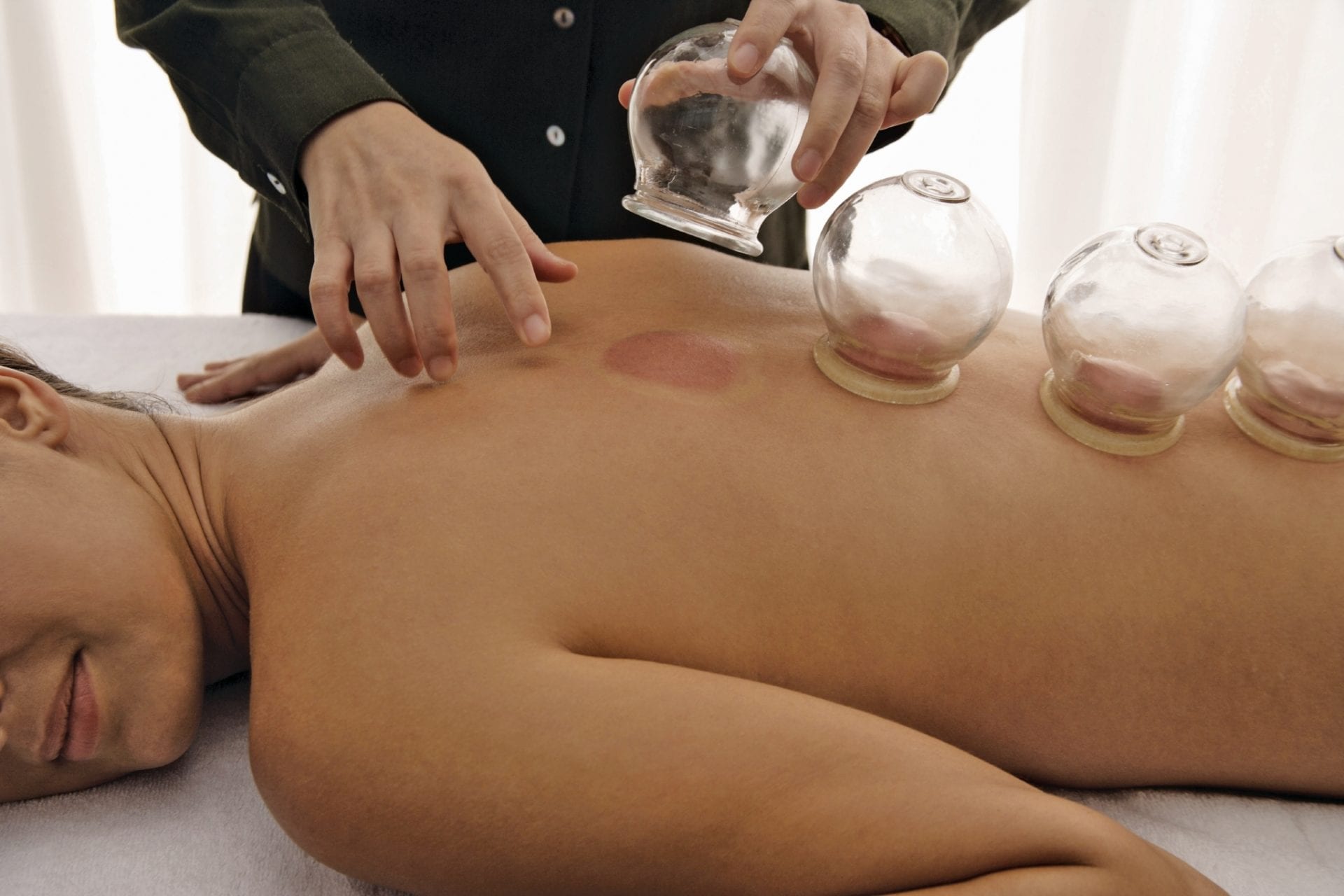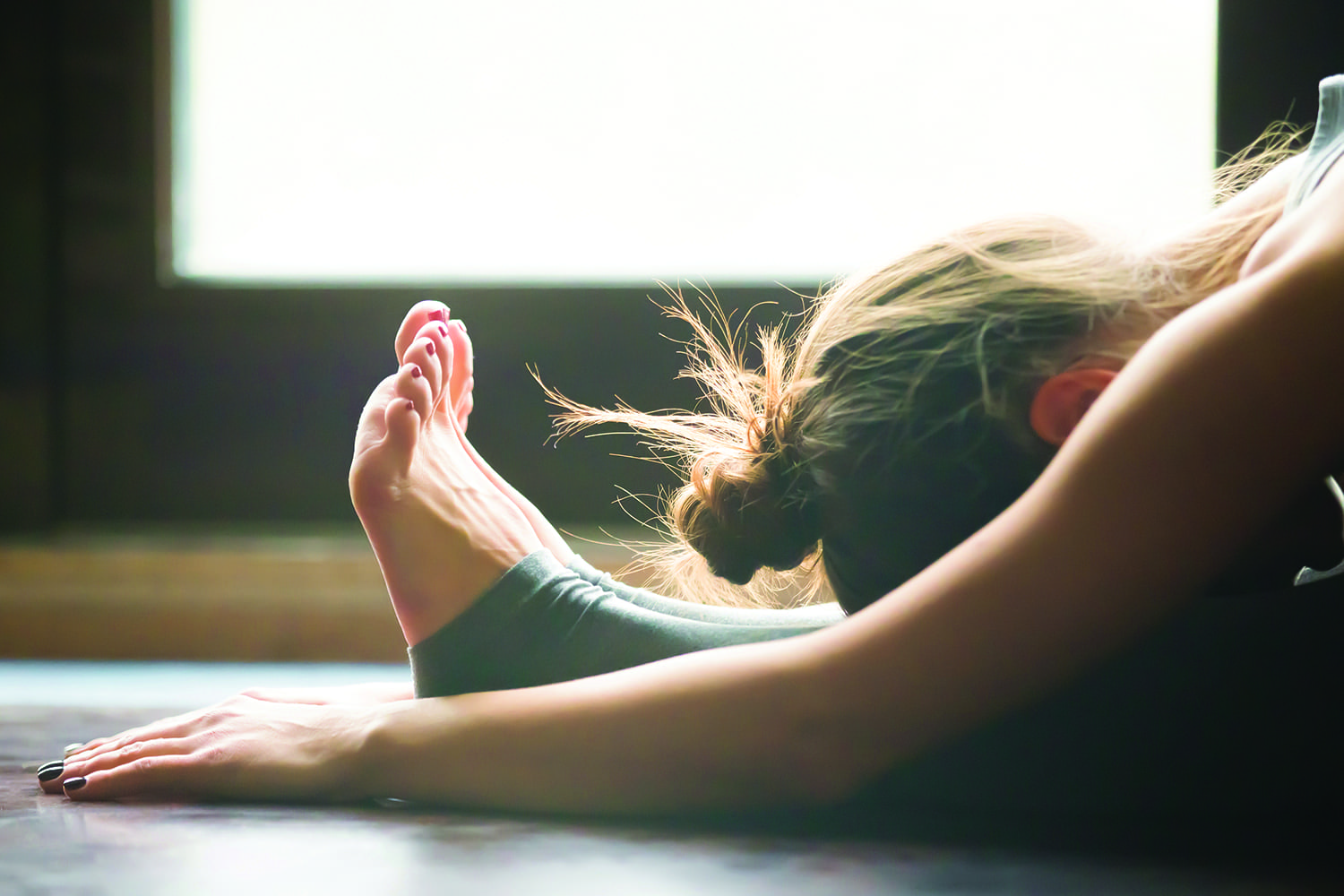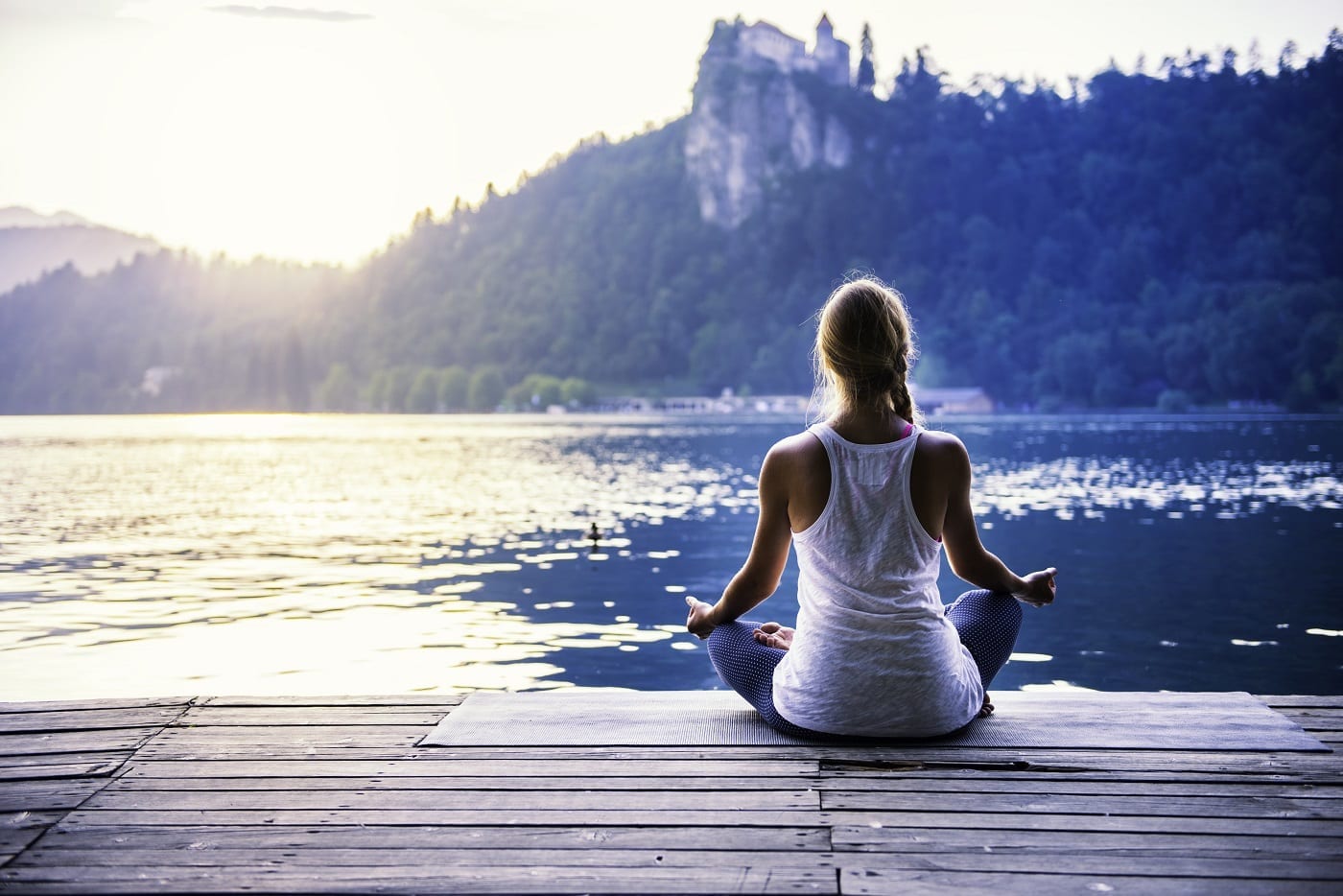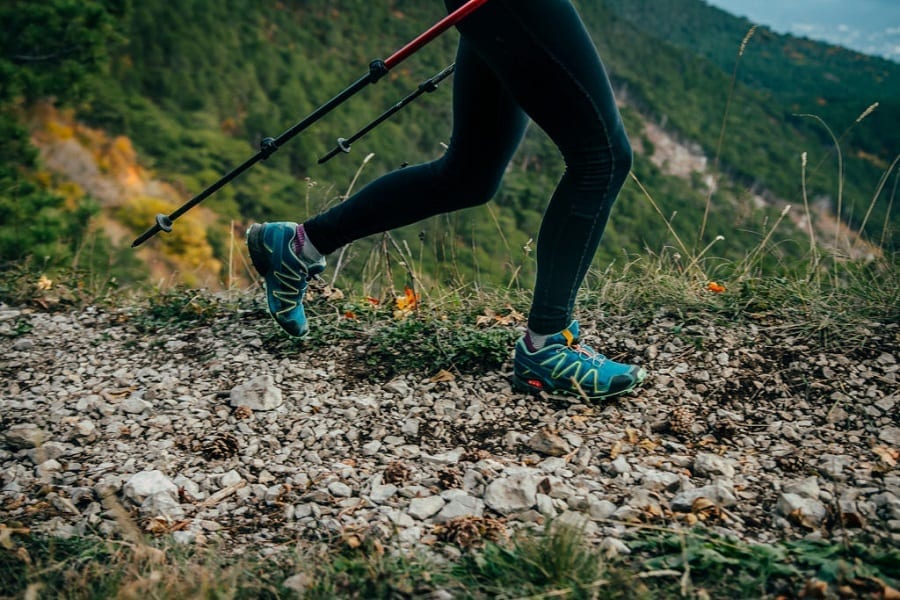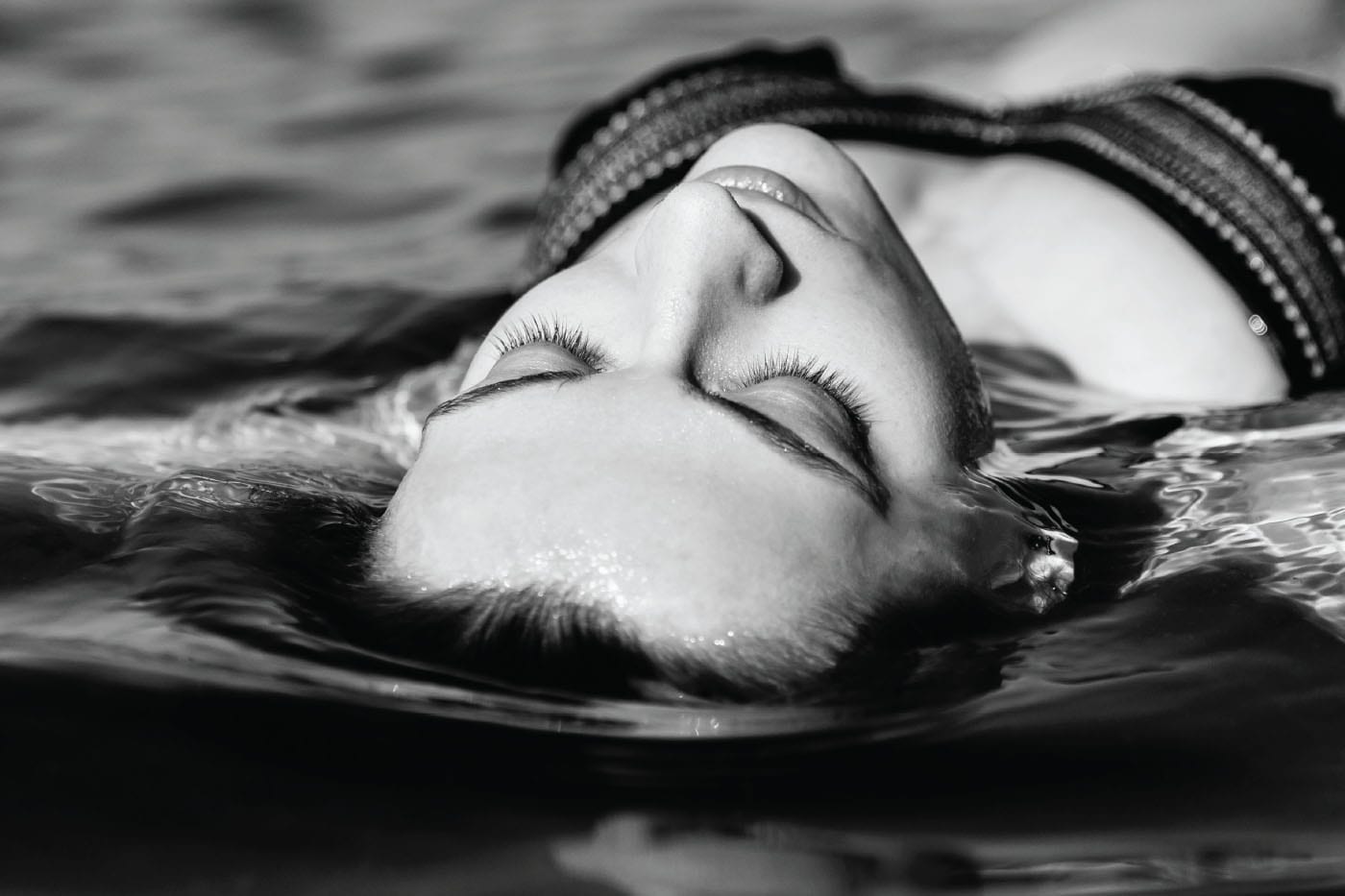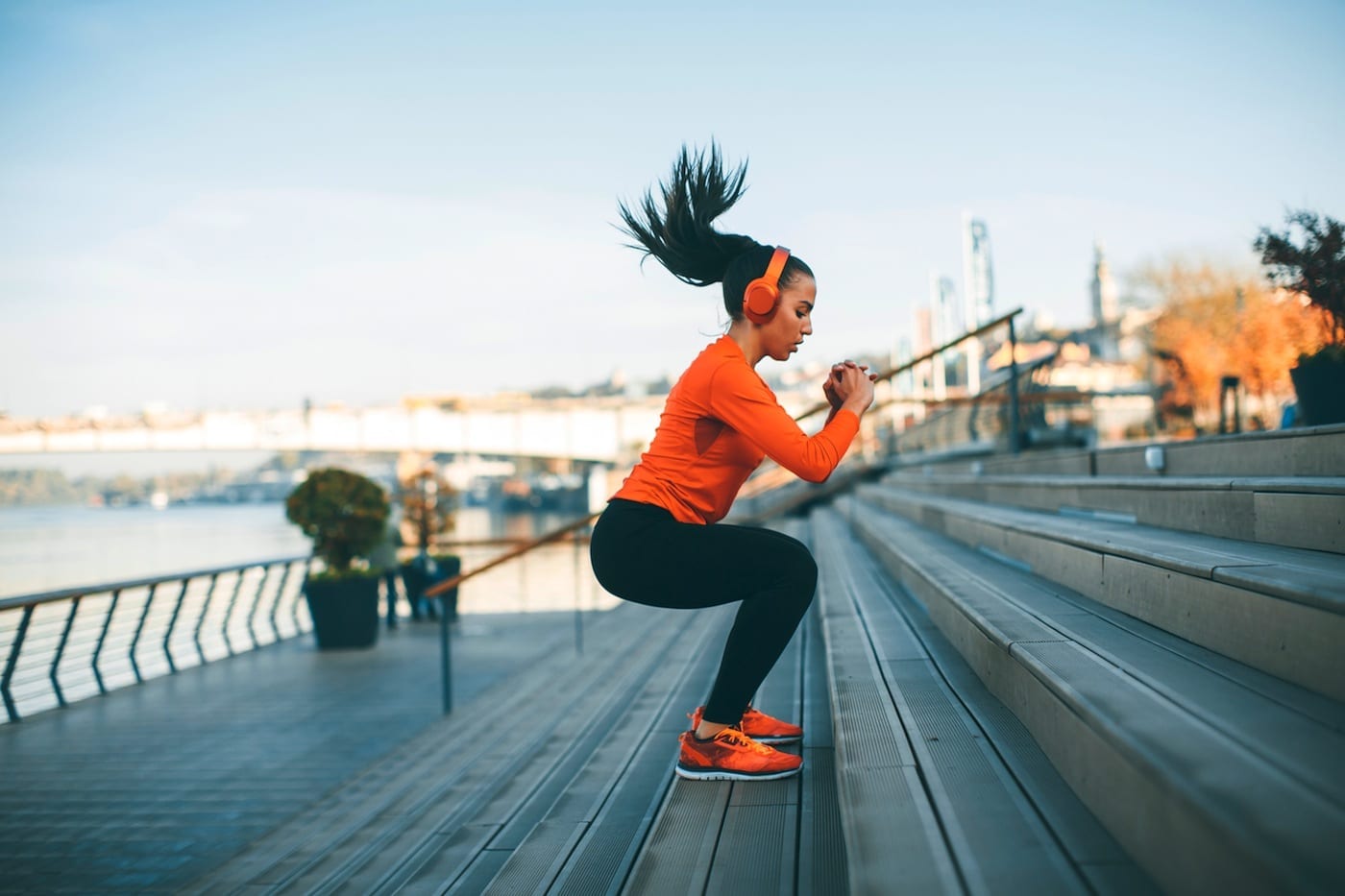Tag:
Angie Comer
The holidays…family parties, endless shopping, a myriad of social events and a source of stress and anxiety for many. Because
What happens after the gym is just as important as what happens inside the gym. To see workout results, you
0
Facebook
Not only does hiking strengthen muscles and extend endurance, it offers an opportunity to see some beautiful views and build
0
Facebook
While strength training and cardio are front runners in the health and fitness space, flexibility is a key (and often
0
Facebook
There are so many health trends and so many workout options that it may be overwhelming to choose how and
0
Facebook
Our brains crave order. Decluttering your life can trickle good vibes down to your day, your week and your year.
0
Facebook
Float Tank Therapy puts a pause on all five senses. Angie Comer bravely tests to evaluate the health benefits.
0
Facebook
It’s time to turn over a new leaf (or pillow) and practice a new mantra—“If you win the morning, you
0
Facebook
The holiday season is full of joy—and stress. Stay calm, stress-free and focused during this holiday season.
0
Facebook
This website uses cookies to improve your experience. We'll assume you're ok with this, but you can opt-out if you wish. Accept Read More
Close


